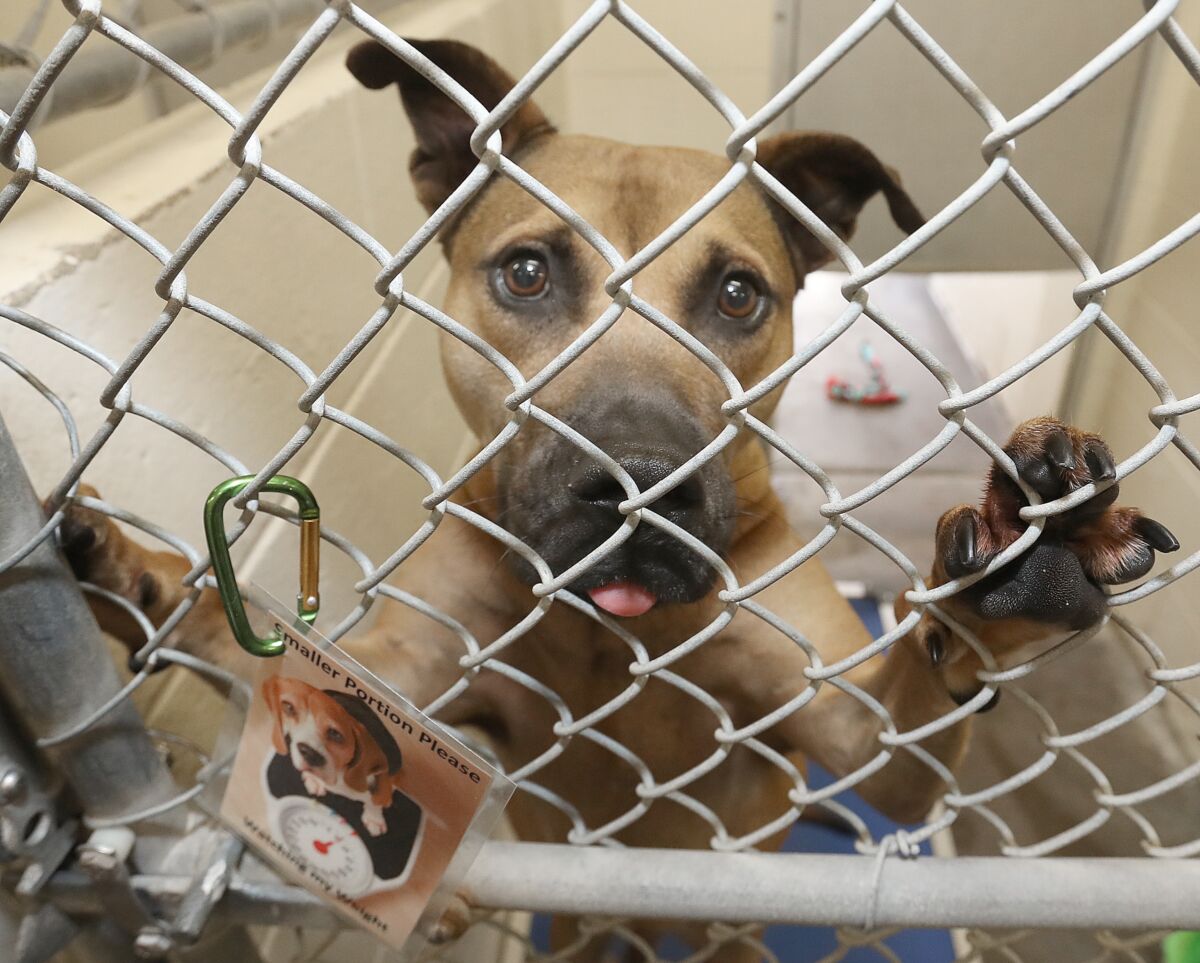When animals are seized under suspicion of cruelty, neglect, or abandonment, a series of intricate procedures unfold within the framework of animal control agencies. This examination delves into the fate of pets that find themselves in the clutches of animal control. While the immediate concern is often their well-being, it is essential to understand the systemic reasons behind these confiscations and the processes that follow.
Initial encounters with animal control typically occur when a complaint is lodged, often precipitated by neighbors or concerned citizens who observe signs of distress in the animals. These signs can include inadequate shelter, malnutrition, physical injuries, or generally poor living conditions. Once a report is made, officers from the local animal control agency arrive on the scene to assess the situation. Their interpretation of the circumstances plays a crucial role in determining the subsequent actions taken.
Upon confirming the presence of harmful conditions, animal control typically confiscates the animals. This action is often accompanied by emotional turmoil, as it signifies a fracture in the human-animal bond that can be arduous to repair. Despite the intentions of animal control to act in the animals’ best interest, the stark reality remains that many of these pets have strong attachments to their human guardians, no matter how abusive or neglectful they might be. The psychological ramifications for both the animals and their owners are profound and merit careful consideration.
Once an animal is removed from a potentially harmful environment, it is taken to a designated holding facility or shelter. This transitional phase is critical in evaluating the creature’s immediate medical and emotional needs. Veterinary professionals typically conduct health assessments, which can include vaccinations, parasite treatments, and any necessary surgeries to address injuries caused by neglect or abuse. The condition of these animals can vary significantly; some may arrive in relatively good health, while others may be emaciated, suffering from untreated medical conditions, or exhibiting signs of severe psychological trauma.
In the aftermath of confiscation, the fate of the animal largely hinges on several factors: local laws, the severity of the preceding conditions, and, crucially, the owner’s legal status vis-à-vis the allegations of abuse. If an animal is deemed recoverable and no criminal charges are filed or capable of being upheld in court, the owner may have the opportunity to reclaim the pet. This process often involves completion of educational courses regarding animal care and possibly compliance with certain regulations imposed by the court.
However, it is not uncommon for legal proceedings to stretch on for months. During this interval, the animal typically remains in a shelter, exposed to the unfamiliar stresses of kennel life, which can exacerbate existing psychological distress. The environment may provide physical safety but can also instill further anxiety, especially for animals previously subjected to trauma. Shelters often employ behavioral specialists to stabilize and rehabilitate these animals, facilitating eventual adoption when possible.
An adoption outcome hinges on multiple variables, including the temperament of the animal, its health status, and the available resources of the shelter. Many organizations strive to provide comprehensive behavioral training and assessment. Nonetheless, there remains a percentage of confiscated pets that struggle with socialization and may never be placed in a home. In such cases, ongoing rehabilitation strategies are key to managing their psychological well-being.
Moreover, organizations may face the challenge of overpopulation, where the sheer number of abandoned or seized animals far exceeds the available homes. This issue underscores a societal problem rooted in irresponsible pet ownership, often exacerbated by insufficient access to affordable spay/neuter resources and a general lack of awareness regarding responsible pet care. Some shelters have pivoted towards massive educational outreach programs to mitigate the incidence of pet abandonment and cruelty, aiming to engender a culture of respect and accountability towards animals.
On the opposite side of the spectrum lies the grim reality of euthanasia. In unfortunate scenarios where animals remain unadoptable or showing severe behavioral issues, shelters may be forced to consider this as a last resort. This is a heart-wrenching decision, representing a systemic failure rather than a reflection of the animal’s worth or potential. The ethical implications surrounding euthanasia raise difficult questions about societal values concerning animal life and welfare.
As the cycle of confiscation, rehabilitation, and potential rehoming unfolds, it reflects broader societal paradigms. It beckons deeper inquiry into the root causes of neglect and abuse, challenging our cultural narratives regarding pet ownership. Understanding the dynamics of animal control reveals layers of complexity related to human responsibility, societal norms, and interspecies relationships.
While navigating this intricate landscape, it is crucial to recognize that confiscated pets are not mere statistics. Each animal harbors its own story—one that includes experiences of suffering but also resilience. Their tales of survival reflect our collective failures and triumphs in the quest for a more humane society. Consequently, fostering a compassionate approach, not only towards these animals but also towards their owners, is essential for mitigating cruelty and creating a culture of empathy.
Ultimately, what happens to pets confiscated by animal control is a reflection of our societal values concerning animal welfare. As communities engage in conversations about responsibility, education, and compassionate intervention, there lies the potential for systemic change that upholds the dignity of all living beings.






